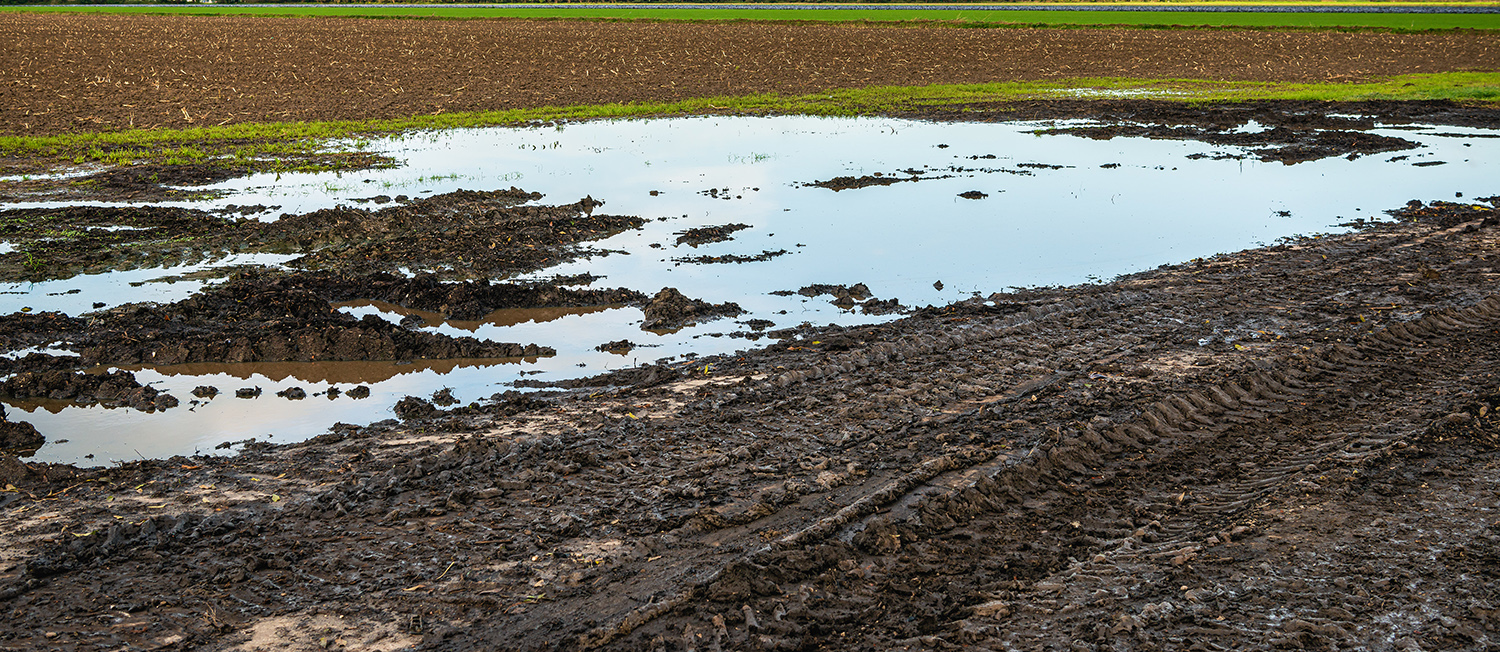Nutrient Needs of Sweet Potatoes
Contrary to popular belief, sweet potatoes are not true potatoes, nor are they closely related to yams. They belong to the morning glory family and are the thick roots of the flowering plant. Abundant sunshine, warm and well-drained soil are key factors in producing a great sweet potato yield, but it all starts with a good foundation of nutrients, boosted by fertilizer when soil conditions are inadequate.
Of the “big three” nutrients, nitrogen (N), phosphorous (P) and potassium (K), potassium plays the largest role in a full and healthy crop. Sweet potatoes need plenty of K, (~150-200 pounds per acre, as opposed to ~60 pounds of both nitrogen and phosphorus per acre)1. Although sweet potatoes don’t need very much nitrogen, there is still a balancing act with proper application. An over-application will result in foliage overgrowth, but a lack of roots and too little nitrogen will also minimize crop yield. A lack of phosphorus can result in stunted growth, further diminishing yield. Your requirements of each of these three essential plant nutrients will vary between different varieties of sweet potatoes.
Boron is more important in sweet potatoes than in most other crops, as it prevents blistering disorder. Boron (as well as manganese), is deficient in most soils in the coastal areas, so having these two micronutrients available in your fertilizer is crucial. Boron deficiencies are difficult to see visually, but symptoms can include chlorosis, thickening of young leaves, puckered leaves, and damage to the root itself (splitting, wrinkling, stunted growth). Blistering won’t appear until sweet potatoes have been cured and stored for some time and is characterized by raised dark spots on the crop.
Sweet potatoes rely on great soil conditions for optimal growth. They grow best in warm sandy to sandy-loam soils. As sweet potatoes are very sensitive to frost, the best time to plant your cuttings is well after the last frost date when the soils are at least 65°F.
Be sure to take soil samples before applying your fertilizer. Use the results as a guideline to determine pH levels, as too acidic or too alkaline can affect nutrient uptake in your sweet potato crop. Optimal soil pH is between 4.5 and 7.0, depending on your region and soil type. Liming or adding sulfur can help bring balance or change pH levels if necessary. Send your samples to your local lab to determine needs and necessities for your crops.
About Rainbow Plant Food
The chemically homogeneous compound of Rainbow Plant Food ensures the same amount of each micronutrient is present in each individual granule. Each granule is uniform in size, shape and weight, ensuring a consistently healthy crop. The nutrients exist in a highly available water-soluble sulfate form, so action is quick on roots for your sweet potatoes.
To learn how Rainbow Plant Food is made, click here.
There are two grades of Rainbow Plant Food produced specifically for sweet potatoes– Super Rainbow 6-3-18 and Rainbow 8-4-24.

For sweet potato application recommendations, click here.
Questions or comments? Tweet us @Rainbow_Plant.
1 https://ipmdata.ipmcenters.org/documents/cropprofiles/NCsweetpotato2005.pdf


